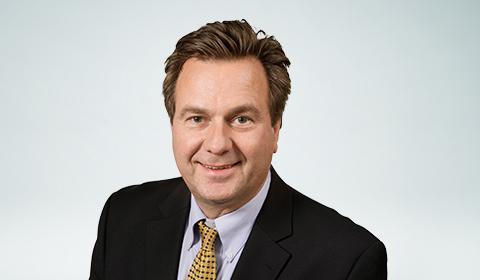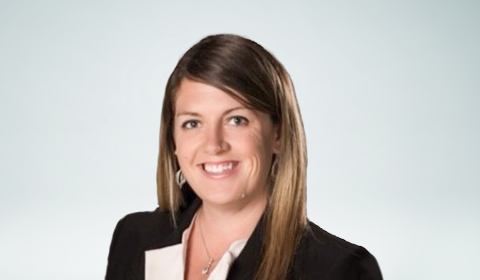The desire to drive members to their own networks is motivating healthcare provider organizations to enter the self-funded market, according to a recent survey among key brokerage firms conducted by RGA’s U.S. Group Reinsurance Healthcare Turnkey (HCTK) business line.
The survey results validate a growing momentum and substantial opportunity in the next year and beyond for self-funded products with providers looking to seize the opportunity to keep members in network with their own self-funded products.
According to the brokers surveyed, there is a very strong level of interest in offering self-funded products among their provider clients in the near term. This confirms what RGA has seen over recent months: There is a growing desire among healthcare providers to offer a self-funded product and a growing need for support services to help make the transition to self-funding possible.
The survey reveals that nine out of 10 brokers have provider clients asking about self-funded products, and 78% have provider clients interested in offering self-funded products.
Over the next four to six months, one quarter of provider clients are looking to pursue self-funded products, and the majority of providers (63%) are looking to pursue self-funding products in six months or beyond.
While providers are motivated by the market growth opportunity, entering the self-funded market is not without challenges. Brokers identified the following as the main challenges faced by provider clients wanting to enter the self-funded market:
- Distribution and distribution support were selected as the top challenges by a considerable margin.
- Understanding of self-funding and competitive employer stop loss (ESL) rates tied for the second and third biggest challenges, underscoring a need and opportunity for education and training.
- The need for a dedicated stop loss partner ranked as the fourth biggest challenge.
In order to successfully enter the self-funded market and seize the opportunity ahead, providers will benefit from a strategic partner to help with distribution and distribution support. Furthermore, having a dedicated stop loss partner to build capabilities and capacity can help providers overcome barriers to entry, and reap the benefits of the growing market.




